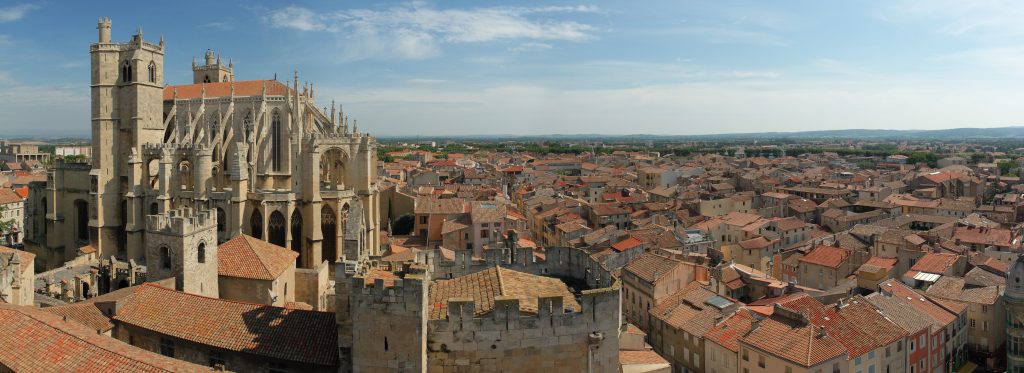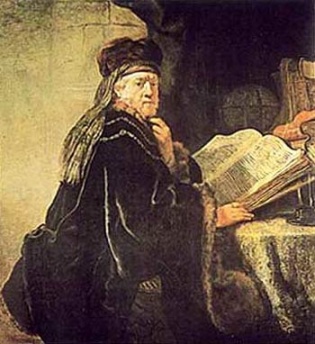The Museum of Art and History (Musée d’Art et d’Histoire) in Narbonne has the oldest known inscription relating to the Jewish presence in France. It is an epitaph for the three children of Paragorus: Justus, aged thirty; Matrona, twenty; and Dulciorella, nine. Absolute proof of the Jewishness of the inscription is given by a seven-branch candelabrum and a short text in Hebrew: “Peace on Israel”. The museum also has a funerary inscription.

The Jewish presence in Narbonne seems to date at least from the 5th century, as confirmed by letters written in 470 and 473. In the 7th century, stones found with inscriptions in Hebrew and Latin attest to this presence.
As stated in the Special Edition of the Midi Libre newspaper devoted to the Jews of Occitania, according to a legend, Charlemagne would have granted many privileges to the Jews following his conquest of Narbonne. Among them was the possibility of having a “king”, an important representative of the community.
In his Travel Diaries, Benjamin de Tudela indicates that Narbonne is known for its scientific and now biblical prowess, thanks in particular to the contributions of the Jews. Among the great scholars, he mentions Rabbi Kalonymos. He also had the privilege of being able to seal public documents with a seal on which appeared the lion of Judah. And also Jaccaben Jekar, one of Rashi’s masters.

From the 12th century, the Jewish population of this flourishing medieval city increased, mainly due to the arrival of Andalusian Jews. Among them are great scientific, literary and Talmudist researchers. Who share this knowledge in different languages, whether it is Spanish, Arabic, the original languages and Hebrew and French, the language of the host country. David Kimchi, one of these great scholars and the son of an exile, is the author of Sefer Hashorashim.
The Jewish community of Narbonne contributes to the development of the city and enjoys the great freedom granted by local authorities, whether political or religious. It seems that the discriminatory measures of the Lateran Council are little followed.

On the other hand, the murder of a fisherman in 1236 sparked local riots among the population, leading to violence and looting. Just before the great expulsion of 1306, the city had 825 Jews, constituting almost 4% of the total population.
Around 20 Jewish families currently live in Narbonne, partly from the arrival of Jews from North Africa in the 1960s. A synagogue welcomes the faithful.
In September 2024, Narbonne’s Jewish Culture and Heritage Association took part in the European Heritage Days. With the help of guides, the public discovered the long Jewish history of Narbonne.